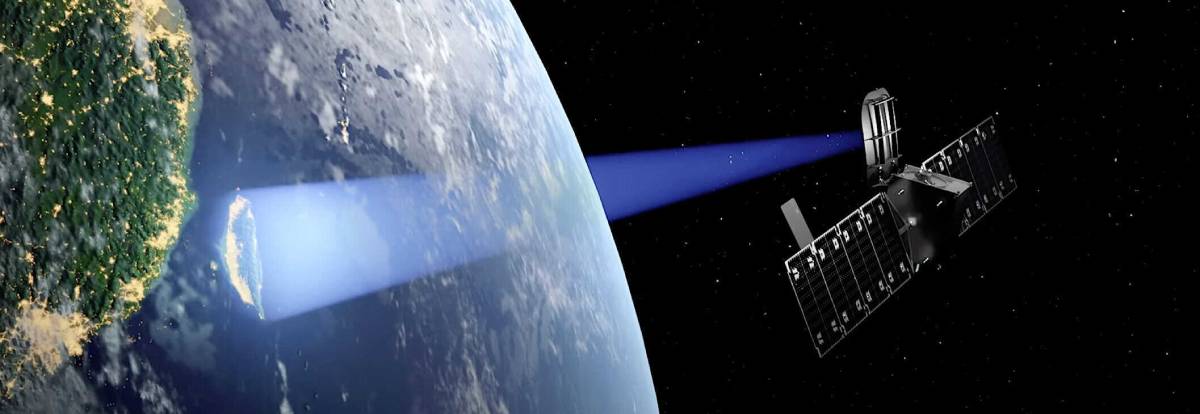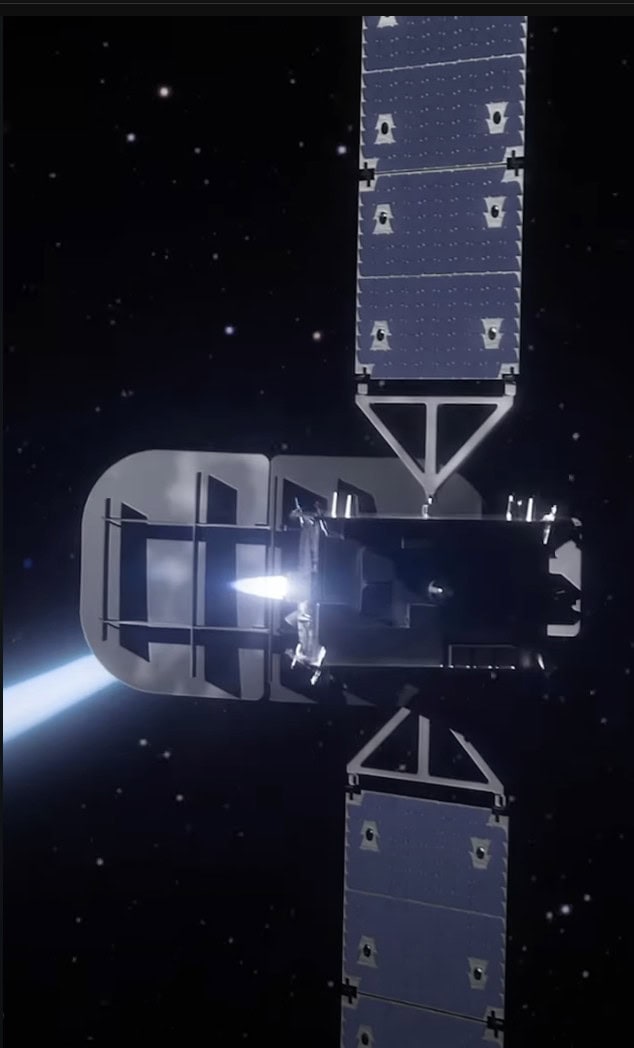Originally published by Space Intel Report on April 15, 2025. Read the original article here.
 (Source: Astranis)
(Source: Astranis)
LAMPOLDSHAUSEN, Germany — Taiwanese telco Chunghwa Telecom has ordered a micro-GEO satelite from manufacturer Astranis Space Technologies to be launched this year and operational in 2026 with dedicated coverage over Taiwan, the two companies announced.
Chunghwa told the Taipei Stock Exchange that its board of directors had approved an investment of up to $115 million for the satellite, to provide cellular backup, maritime and government services as Taiwan’s first dedicated telecommunications spacecraft.
Chunghwa, which is dealing with increased pressure from China that Taiwanese officials have said includes cutting of undersea telecom cables, has struck deals with SES for the use of the mPower medium-Earth-orbit and Eutelsat Group’s OneWeb LEO broadband constellations to assure resilience in the event of a crisis.
Chunghwa Chairman Alex C.C Chien said the company “has actively expanded its satellite initiatives in recent years. Astranis’s MicroGEO solution introduces vital flexibility and resilience to our satellite strategy. This collaboration enables us to build a dedicated, secure digital infrastructure for Taiwan—one that can serve as a critical real-time backup against natural disasters, submarine cable disruptions, and evolving global uncertainties.”
San Francisco-based Astranis has adopted a quick-production schedule. It launched four satellites in December. Two were for in-flight-connectivity provider Anuvu and one for Peru. All three have shown nominal orbit-raising patterns since the launch aboard a dedicated SpaceX Falcon 9 rocket.
 UtilitySat. (Source: Astranis)
UtilitySat. (Source: Astranis)
The fourth, Astranis’s inaugural UtilitySat multi-mission design, has been stuck in transfer orbit and apparently unable to propel itself to geostationary position.
Astranis has declined to comment on the satellite. Industry officials said that it was insured for between $25 million and $30 million.
Astranis had planned to launch four more UtilitySats by the end of this year. It’s unclear whether the propulsion anomaly will affect that schedule.
Astranis has sold satellite capacity — its business model is to retain ownership of the satellites and to lease capacity to a customer for 10 years — to operators in Argentina, Mexico, the Philippines and Mexico in addition to the U.S. Space Force.
Its success has been based on the fact that smaller GEO-orbit satellites, using electric propulsion to reduce their mass and launch cost, can be built to fit into the budgets of even a single national satellite operator focusing on its nation only.
Astranis’s success has encouraged several other satellite manufacturers to announce plans to enter the small-GEO market.
Originally published by Space Intel Report on April 15, 2025. Read the original article here.
